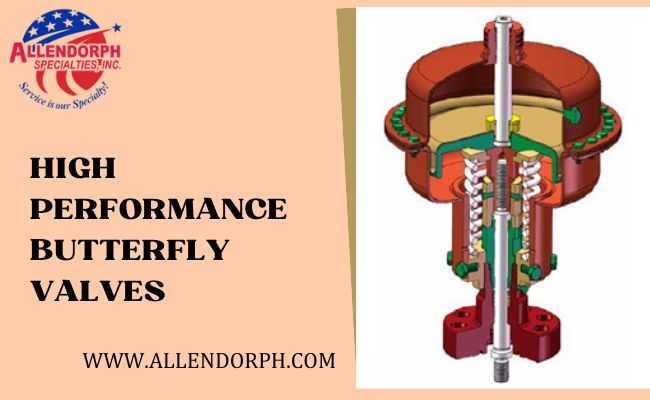Butterfly valve supplier are crucial for regulating the movement of fluids and gases within different industrial setups. Using a basic rotating system, they control the flow efficiently and consistently. From water treatment plants to manufacturing facilities, these valves are commonly utilized for their efficiency and convenience.
The distinguishing characteristics of high performance butterfly valves are what make them more long-lasting, user-friendly, and easier to upkeep. These characteristics improve the system’s overall performance, leading to smoother operations and decreased maintenance requirements.
In this blog post, we will examine the main characteristics of efficient butterfly valves and how they offer long-term advantages in industrial settings.
Low Torque Operation
A key feature of high-performing butterfly valves is their low-torque operation. This allows them to function with minimal force, which helps reduce wear on the valve and connected equipment in systems where efficiency is important.
For example, low torque operation can reduce the strain on motors in automated systems. A motor that uses less energy will last longer and cost less to maintain. As one engineer once said, “The simpler the system, the less likely it is to break.”
These valves also help prevent overuse in operations where continuous flow control is needed. Low torque reduces friction, keeping the system running smoothly.
Bi-Directional Flow Control
Another feature is bi-directional flow control. These valves can control the movement of fluids in either direction. This is useful in systems where fluid direction changes regularly, such as water treatment plants.
Bidirectional flow control simplifies system design. There is no need to install additional valves or reroute pipes, reducing material costs and making the system more adaptable to changes.
Having control in both directions also helps prevent equipment failure. When fluid direction can be controlled easily, pressure is balanced, protecting the system from damage.
Compact Design for Installation
Industrial butterfly valves‘ design allows them to fit in tight spaces, making them easier to install in industrial systems with limited space. Their straightforward construction also simplifies the installation process.
For instance, in manufacturing plants, space is often a premium. A valve that takes up less room means more space for other critical components. This can help streamline operations by allowing more flexibility in design.
The compact size also allows for quicker replacements. In case of failure, these valves can be swapped out with minimal disruption to the overall system.
Simple Maintenance
High-performance butterfly valves offer simple maintenance. Their parts are easy to access and can be repaired or replaced quickly, reducing downtime in operations where constant flow is necessary.
Take, for example, a production line that must run continuously. A valve that breaks could halt operations. Having a valve that can be fixed quickly means production resumes with minimal loss. One operator noted, “It’s the downtime that costs; fixing the issue is often the easy part.”
These valves also lower maintenance costs. Fewer moving parts mean fewer opportunities for failure, leading to more predictable maintenance schedules.
Versatile Use
Butterfly valves are used across different industries. Their ability to handle different types of fluids makes them a versatile option. They are found in water management, oil and gas, and food production, among others.
In water treatment, for instance, butterfly valves regulate the flow of both clean and wastewater. In food processing, they help control the flow of liquids such as oils and juices. Their role in these different areas shows their broad application.
This versatility allows companies to use the same type of valve across different systems. It simplifies inventory management and reduces the need for specialized equipment in each system.
To Sum Up
Butterfly valves offer essential features for various industrial applications. Low torque operation, bi-directional control, and compact design help improve system efficiency. These qualities also reduce maintenance needs and extend the lifespan of equipment.
Their simple maintenance ensures that they can be repaired quickly, minimizing downtime. This keeps production lines and systems running without any unnecessary interruption.
Butterfly valves’ use in many industries highlights their flexibility. Companies benefit from standardized systems that can handle different operations, making them a valuable choice for efficient system management. At Allendorph Specialties, we currently represent over 15 separate lines of products and maintain an extensive stock of quality oilfield parts like sanitary butterfly valves, high performing butterfly valves to anti-seize compounds, thread sealants, greases, lubricants, specialty penetrants, coatings, cleaners, degreasers, anaerobics & epoxies.

